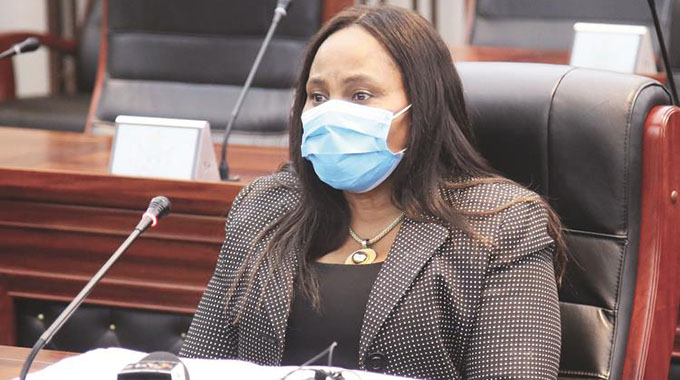Let’s continue wearing our masks in public transport

Phillipa Mukome-Chinhoi – Features Correspondent
- Masks are most likely to reduce the spread of COVID-19 when they are widely and consistently used by all people in public transport.
- Face masks help prevent people who have COVID-19, including those who are pre-symptomatic or asymptomatic, from spreading the virus to others.
- Traveling on public transportation increases a person’s risk of getting and spreading COVID-19
As communities learn to live with COVID-19, public transport operators should continue ensuring that passengers properly wear face masks.
A survey by The Herald showed how some passengers only wore their face masks when boarding a bus, took it off once inside and wore it again when disembarking.
Commuters interviewed said public transport operators should ask those who do not follow national and WHO Covid-19 prevention measures to disembark.
“It is very sad that people still put their masks below their nose yet that is where the virus easily enters the body. In some public buses, quite a number of passengers will not be wearing masks. One wonders if they really believe the Covid-19 virus exists,” said a commuter.
Like what most businesses are doing, short and long distance public transport operators should abide to the “NO MASK NO ENTRY” rule.
This will help avoid the continuous spread of the disease.
“The lock down has been eased but we should continue wearing masks.
“This further prevents spread of the virus that causes COVID-19. We need to complement Government efforts and local health authorities in the Covid-19 fight,” said another commuter Getrude.
Face masks help prevent people who have COVID-19, including those who are pre-symptomatic or asymptomatic, from spreading the virus to others. Masks also help protect the wearer by reducing the chance they will breathe in respiratory droplets carrying the virus.
Masks are most likely to reduce the spread of COVID-19 when they are widely and consistently used by all people in public settings.
Another passenger, Tafara Mwenezi, said since bus windows will be closed, he fails to breathe properly and ends up pulling down his mask in order to get fresh air.
“I am very aware of the disease, but I am also afraid of fainting since I have asthma,” said Mr Mwenezi.
When infected persons travel on public transport without wearing a mask and with others who are not wearing masks, the risk of infecting each other quickly rises.
According to the Centres for Disease Control and Prevention (CDC), travelling on public transport increases a person’s risk of getting and spreading Covid-19 by bringing people in close contact with others, often for prolonged periods, and exposing them to frequently touched surfaces.
However, it is the cheapest way to travel to and from workplaces.
Mai Agatha Mushunje from St Mary’s owns a car but prefers to use public transport which is cheaper.
“I own a car, but use public transport because I cannot afford fuel for the whole month. The bus is cheaper for me and my husband.
“I wear my mask throughout the day, but it is very disappointing that people get onto the bus without wearing one while the driver and the conductor are watching,” she said.








Comments